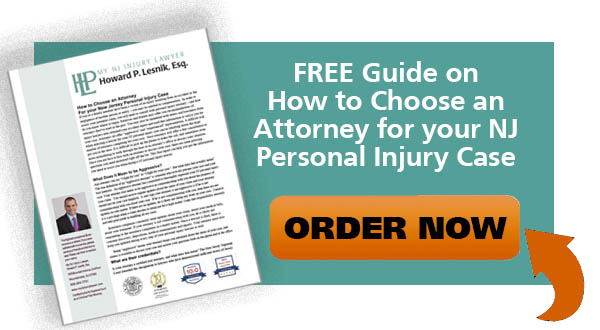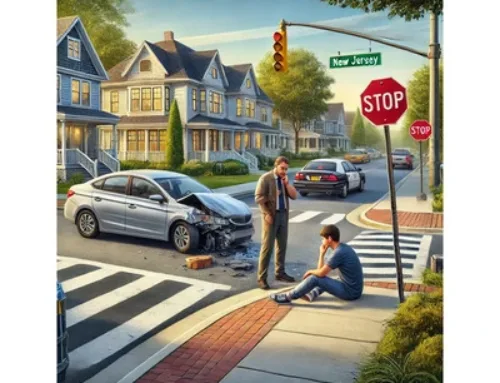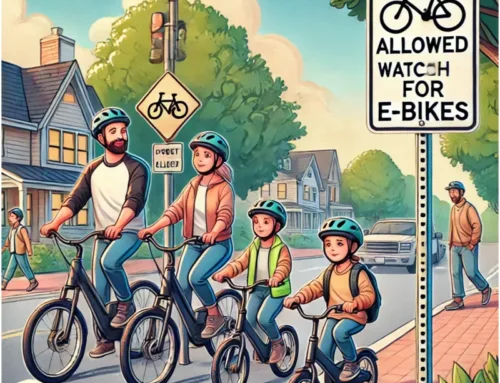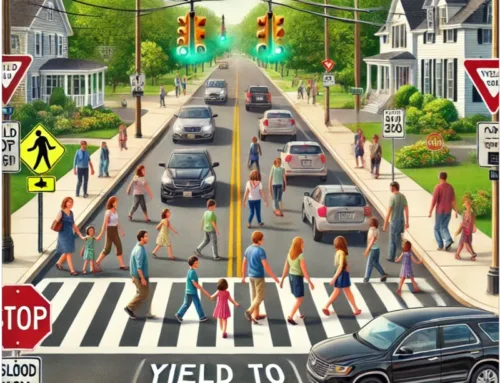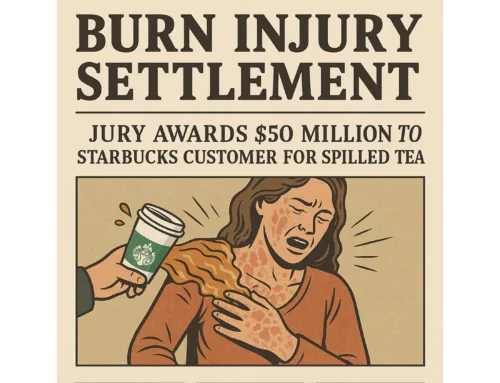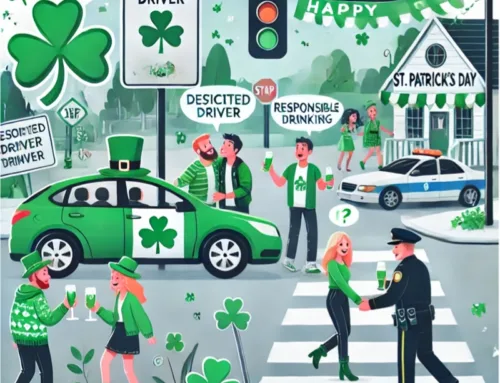For years, America’s highways, city streets, and back roads had been getting safer. Roadway fatalities and serious injury rates had been on a steady decline. Then came 2020, and like so many other aspects of life during that year, the trend of fewer fatal and serious automotive accidents went dramatically awry. The fatality rate per million miles driven climbed to its highest point in 13 years. 2021 was even worse; the first nine months of that year (January through September) saw 31,720 traffic fatalities, representing a 12 percent increase in road deaths compared to the same span of months in 2020. Those 31,720 deaths marked the highest fatality total in a nine-month period since 2006, and the highest percentage increase in a nine-month span since the Department of Transportation first began keeping records of fatal crash statistics in 1975.
 What makes these already-worrying statistics even more shocking is the fact that this plunge in road safety began at a time when, due to the COVID-19 pandemic and resulting lockdowns, the number of total miles being driven by America’s motorists dropped significantly. Despite there being far fewer cars on the road and Americans driving less frequently, traffic fatality rates still soared, and are continuing on the same upward trajectory.
What makes these already-worrying statistics even more shocking is the fact that this plunge in road safety began at a time when, due to the COVID-19 pandemic and resulting lockdowns, the number of total miles being driven by America’s motorists dropped significantly. Despite there being far fewer cars on the road and Americans driving less frequently, traffic fatality rates still soared, and are continuing on the same upward trajectory.
In response to the growing crisis of roadway fatalities, the US Department of Transportation has released a comprehensive plan of action, the “National Roadway Safety Strategy,” which the USDOT asserts is the first step toward the lofty long-term objective of achieving a roadway fatality rate of zero. The plan has five major areas of focus: safer people, safer vehicles, safer roads, safer speeds, and improved post-crash care. Some of the key elements of the program include:
- Working with state and municipal road authorities to construct and maintain safer roads through efforts which include speed limit setting, updates to the Manual on Uniform Traffic Control Devices, and the Complete Streets Initiative – a program that assesses the transportation needs of a community and helps plan for bus lanes, bike lanes, sidewalks and pedestrian crossings, and other improvements that make roads safer for vulnerable road users.
- Improving the safety of new vehicles through technological safety features such as automatic emergency braking and updating the New Car Assessment Program.
- Funding improvements to roadway infrastructure, including the Safe Streets and Roads for All program and the Highway Safety Improvement Program, as well as behavioral research and interventions.
That last element – motorist behavioral research and interventions – is likely to be crucial in reversing this spike in automotive fatalities. In a world where automobile safety features are making cars safer every year, and a global crisis that has resulted in less traffic and fewer miles being driven, but where road death rates continue to soar, the missing piece of the puzzle is likely to be a shift in driver behavior. Indeed, behavioral research suggests that drivers are more likely to speed, to fail to use their seat belts, and to drive impaired by alcohol or other substances, than in previous years.
The USDOT’s response to this data seems to be twofold: research ways to curtail this risky behavior by motorists and find technological and infrastructural methods to reduce the likelihood that those risky behaviors will result in deaths. By simultaneously approaching the problem from multiple angles, USDOT experts hope to create a “redundant system” that will protect all road users from human error. To accomplish this, the intention is to build upon and coordinate the efforts of the three roadway safety agencies that operate under the Department of Transportation’s banner: the Federal Highway Administration (FHA), the National Highway Traffic Safety Administration (NHTSA) and the Federal Motor Carrier Safety Administration (FMCSA).
The programs outlined in the National Roadway Safety Strategy will be funded by the Infrastructure Investment and Jobs Act, and the plan already has some support from stakeholders such as the American Trucking Associations; a spokesperson from that organization expressed satisfaction with a comprehensive strategy for highway safety nationwide that focuses on all road users, in light of the high percentage of truck crashes caused by passenger vehicles. The Complete Streets Initiative is also timely and welcome, due to the fact that roadway fatalities among vulnerable road users (including pedestrians, users of mobility assistance devices, cyclists, and riders of electric scooters and similar devices) have also substantially increased since 2020. Across the country, the traffic fatality rate in rural areas is twice that of the fatality rate in urban centers, possibly due to the presence of more infrastructural safety measures such as streetlights and bike lanes, and higher rates of traffic enforcement in urban areas. The new plan aims to make all areas of the country safer for all road users, both by reducing risky driving behaviors and by reducing the potential for human mistakes to end in tragedy.
Contact MyNJInjuryLawyer Howard P. Lesnik
If you or a loved one suffered an injury in an accident in NJ, you should contact an attorney familiar with handling these claims. An experienced NJ Injury Lawyer will know how to obtain medical records, videos, photographs, experts, locate witnesses and contact the insurance company so you can make a claim for your injuries.
My NJ Injury Lawyer Howard P. Lesnik, Esq. offers complimentary strategy sessions to address any issue or questions you may have for your injury claim in NJ.
Please contact NJ Injury Lawyer Howard Lesnik, Esq., immediately if you were involved in an accident. I personally handle NJ personal injury cases on a regular basis. Please contact me now by email, by phoning 908.264.7701, or by completing the form to the right to schedule your complimentary 30-minute strategy session.


